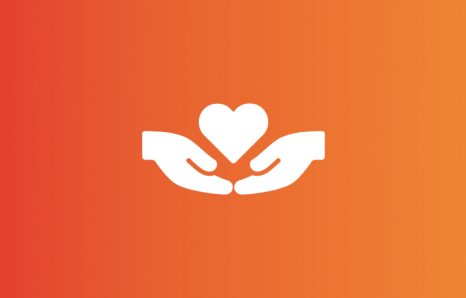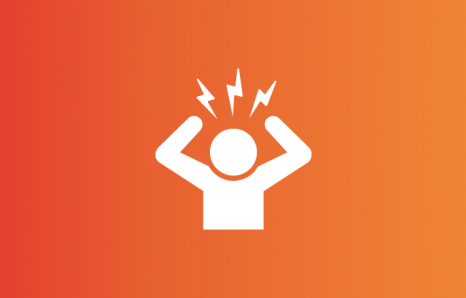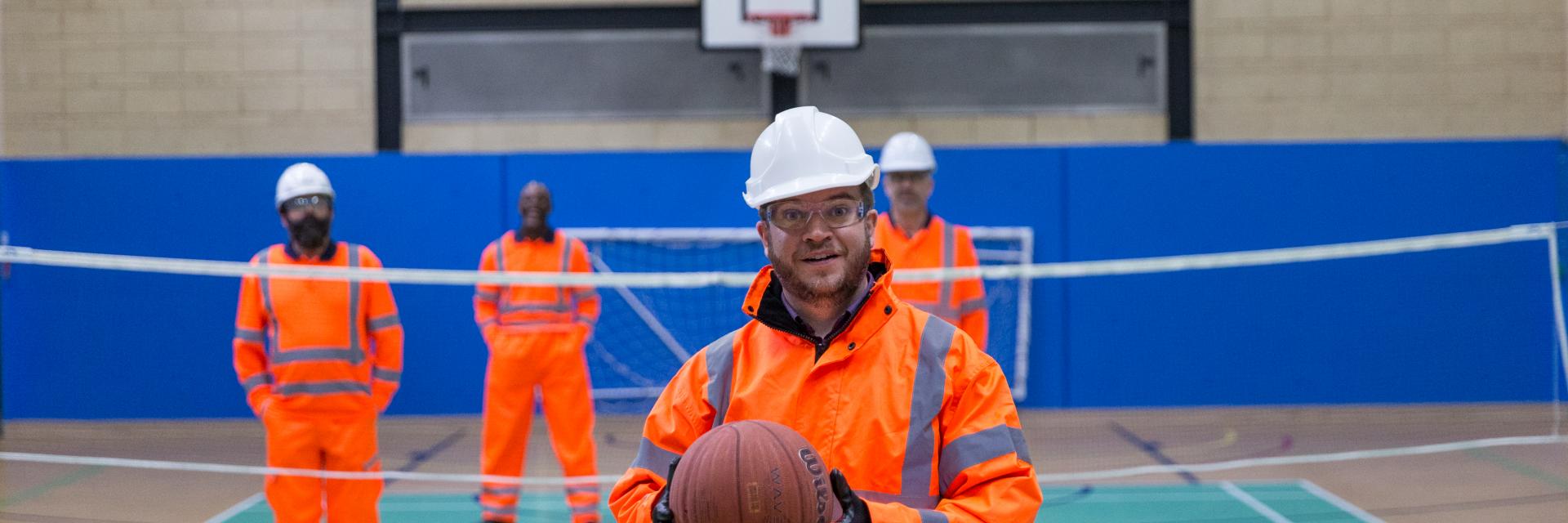Topic
Category
Year

Top tips to support your teen with social media
Dr Radha Modgil delivers her top five tips for supporting your teenager through the sometimes-murky world of social media. In just five minutes, she helps parents and carers feel more confident in how they engage with their teens’ online world.

Developing online resilience for teenagers
Young people, once exposed to social media, can start to rely on it more and more. Making and maintaining social connections, self-expression and entertainment are just some of the benefits of participating. However, teens are more likely to engage with strangers, share their passwords or experience negativity online. Join GP, broadcaster and Author Dr. Radha Modgil as we learn how young people can be supported to become resilient users of the internet.

Welcome to Rail Wellbeing Live 2023
Panel discussion: supporting young people’s mental health
Young workers aged 18 to 30 are perceived to be under almost twice as much pressure in their lives as their more senior peers. They’re more likely to be worrying about debt or struggling to pay their bills, which is likely to add to their stress. Companies can and should focus on creating a more inclusive environment and be prepared to step up and support their people.

How to be your own therapist

The power of listening in safety and wellbeing
Closing the listening gap and listening effectively can create not just a safer workplace but also a culture where people can thrive and feel psychologically safe, improving wellbeing. This session covers what listening well looks like and introduces the concept of safety silence and its potential consequences. We also challenge you to think about how you hear different people and how this can affect inclusivity at work – and beyond.

BACK-on-LINE (TM): Digital technology to help rail workers better manage their back pain in work
Back pain is a common issue among rail workers, with as much as 69% experiencing it every month. Currently, access to effective help is limited to hospitals with long waiting lists and requires therapist involvement. Dr Sheeran has developed a new work-based intervention called BACK-on-LINE (TM).
